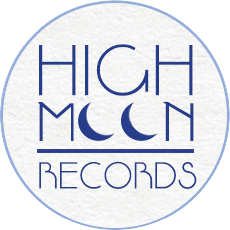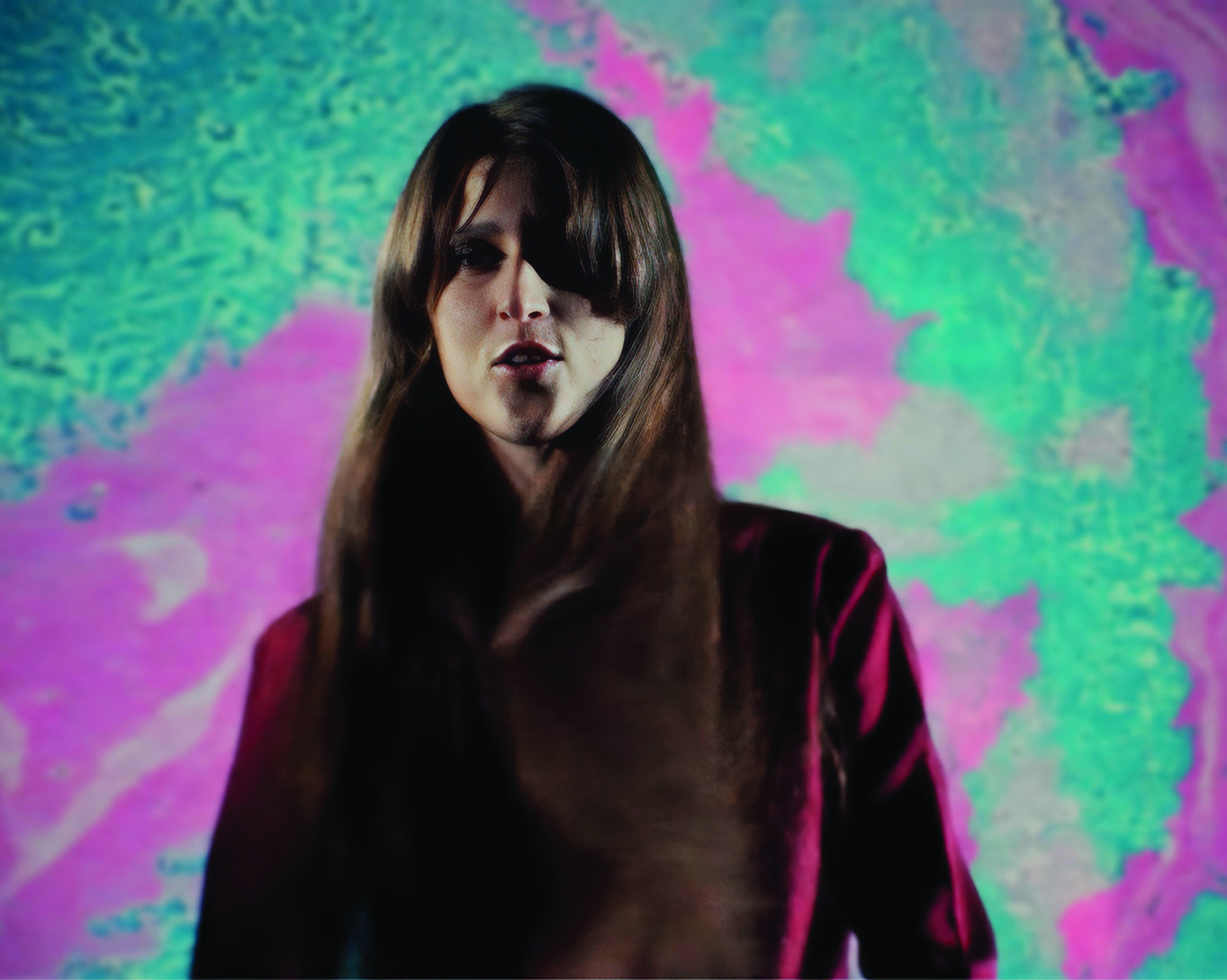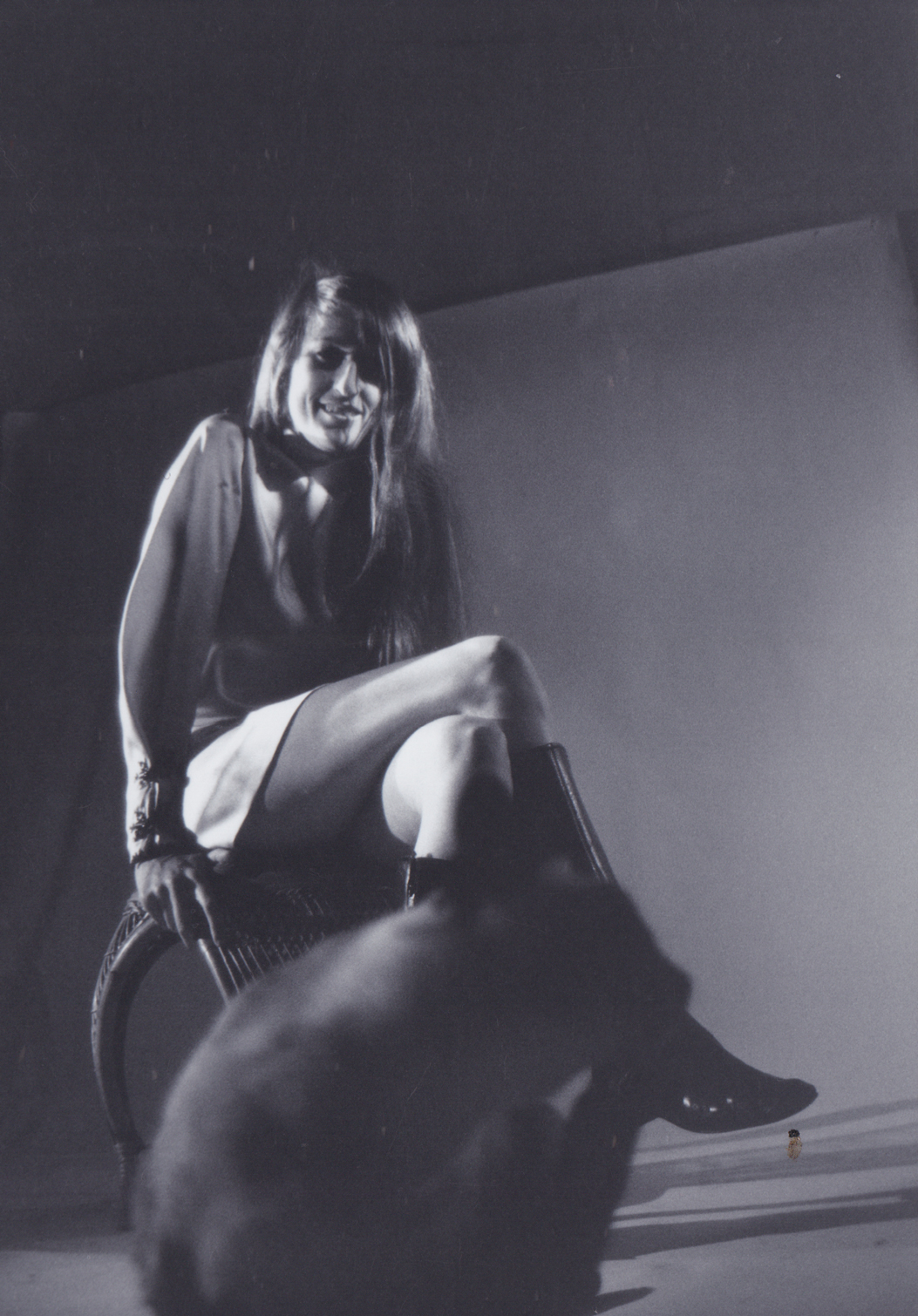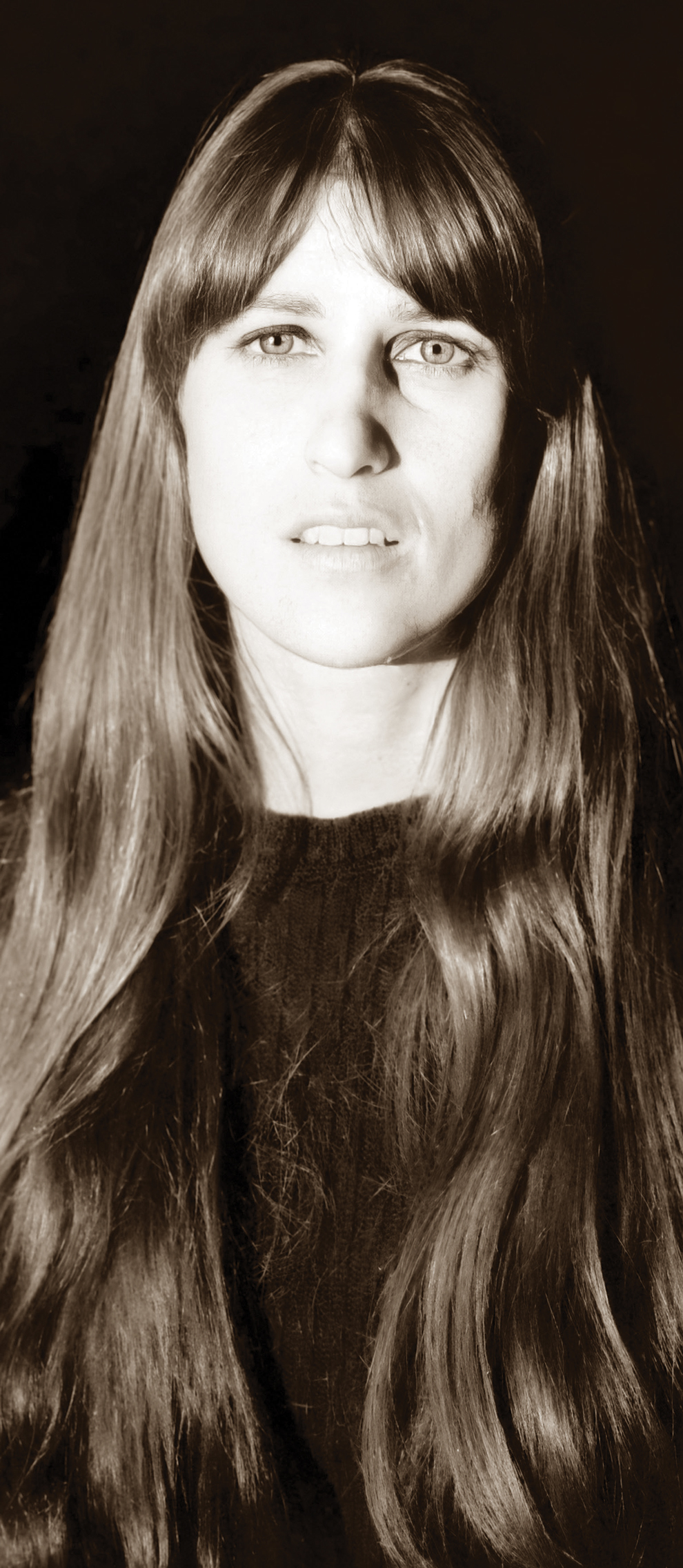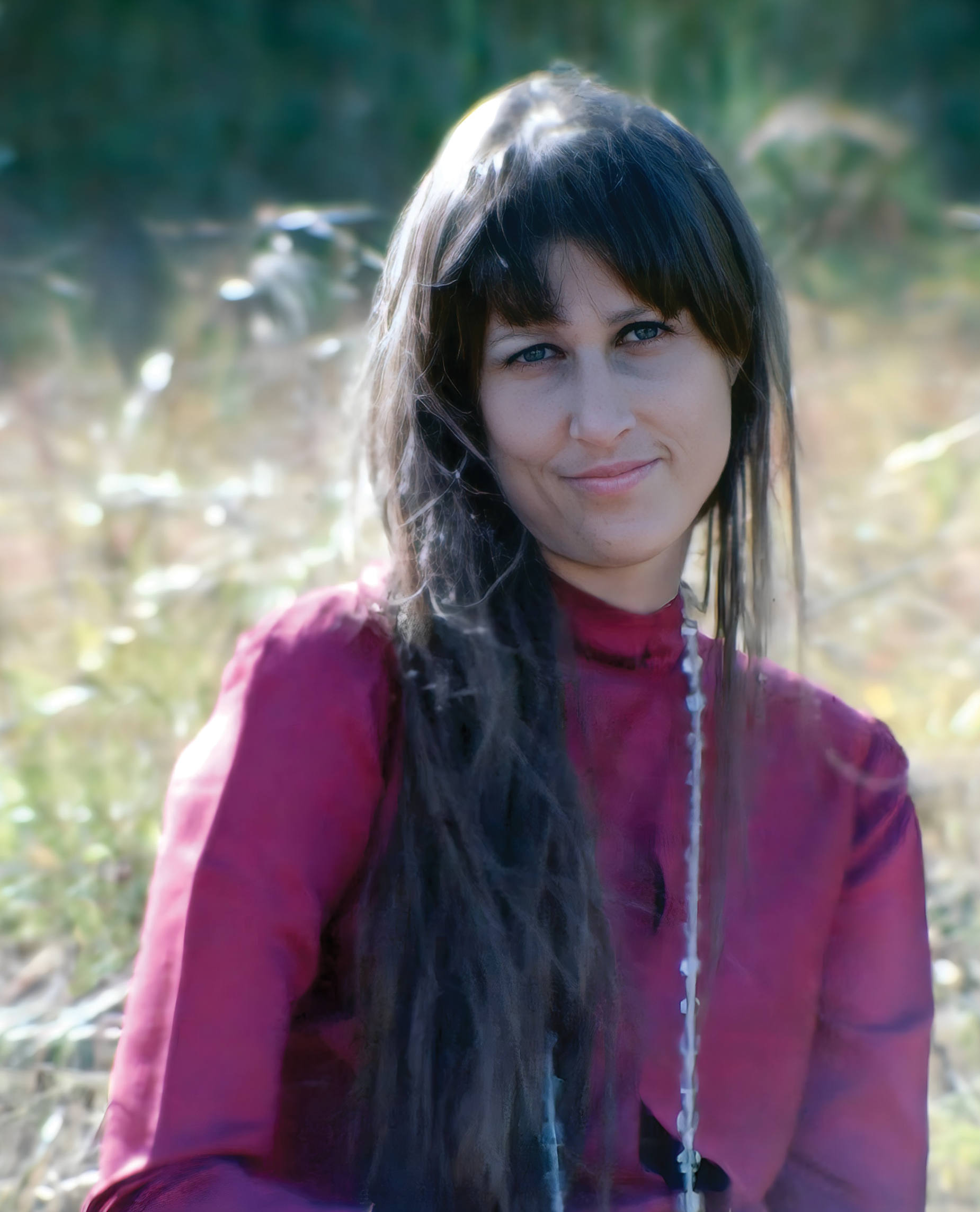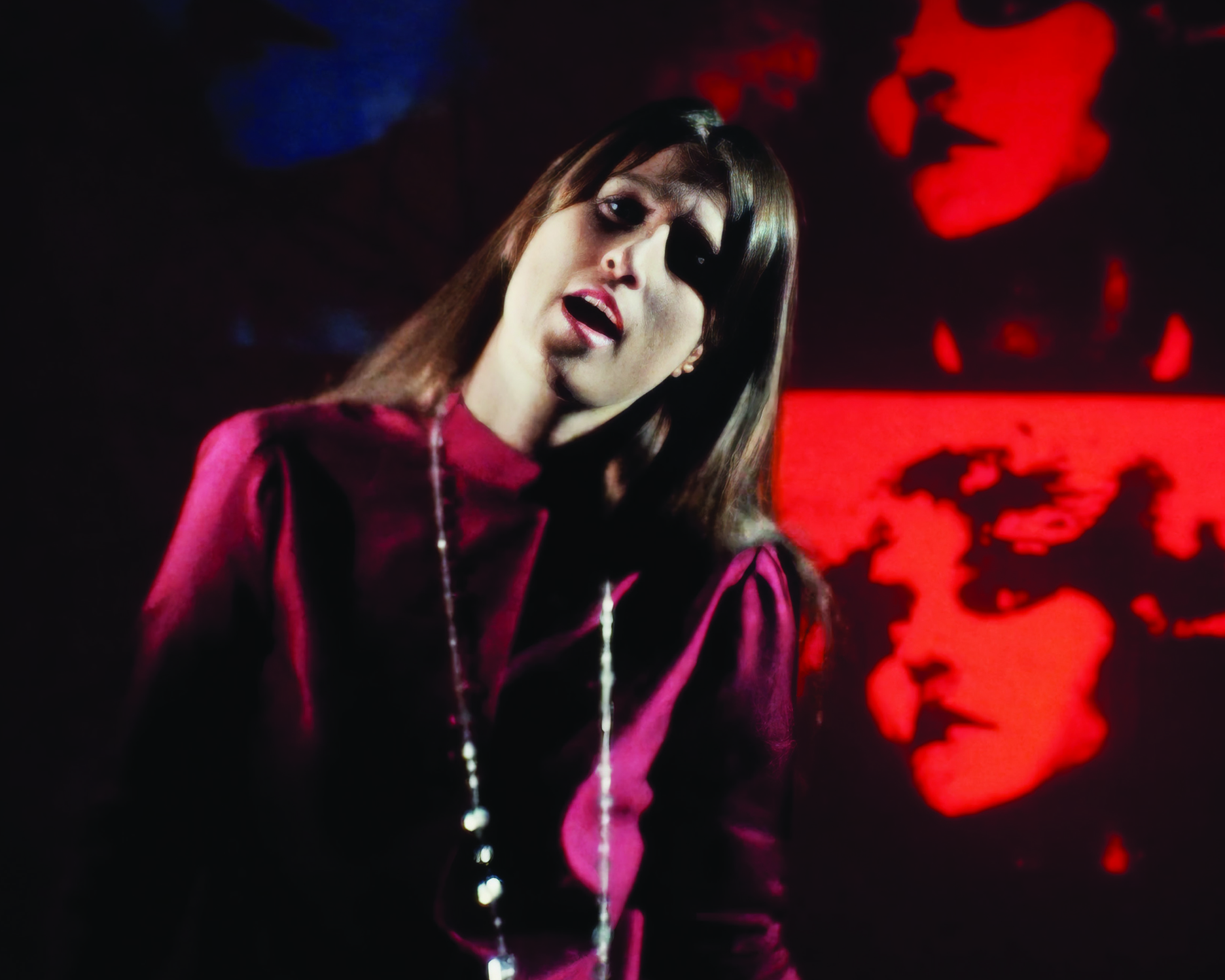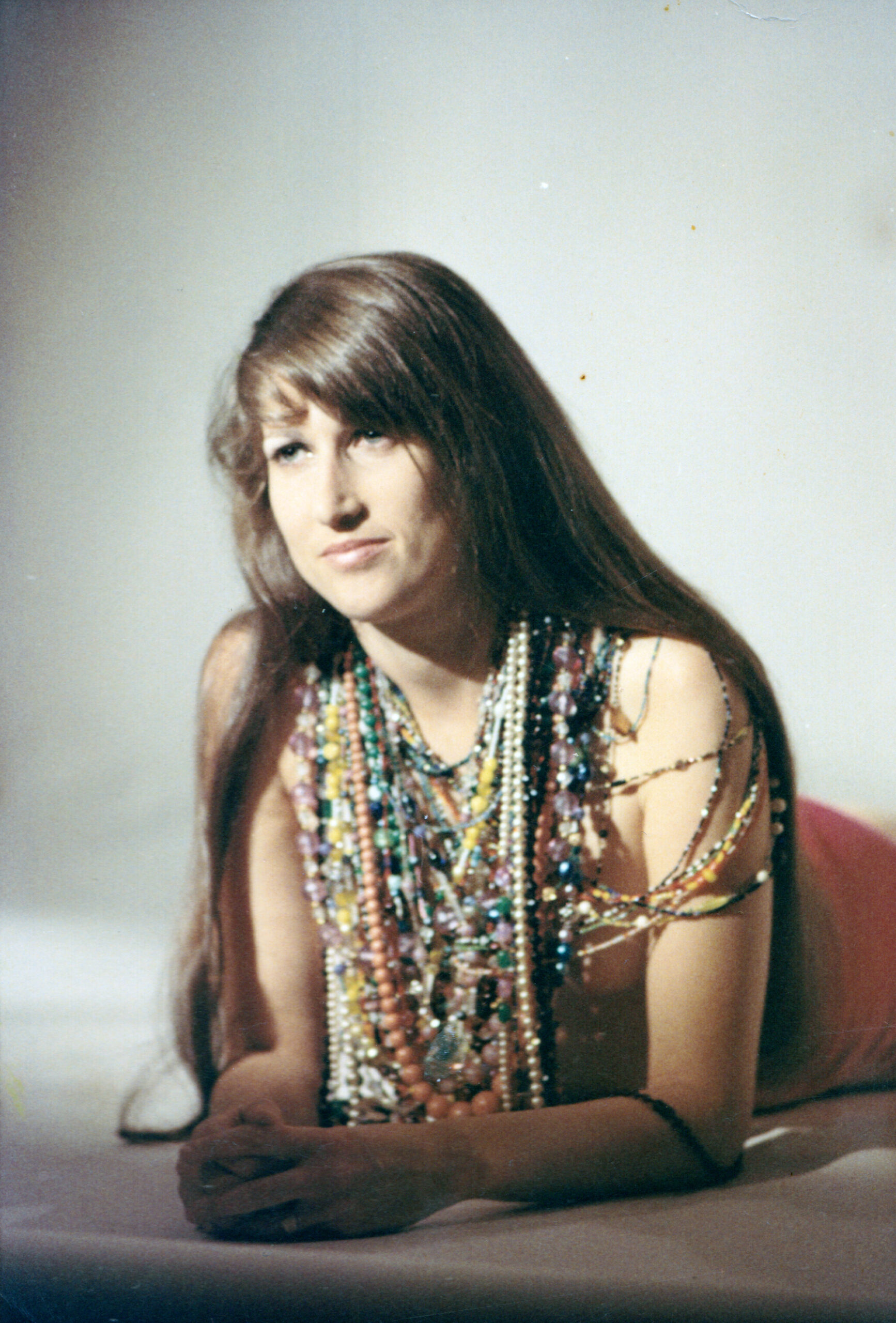Jeannie Piersol
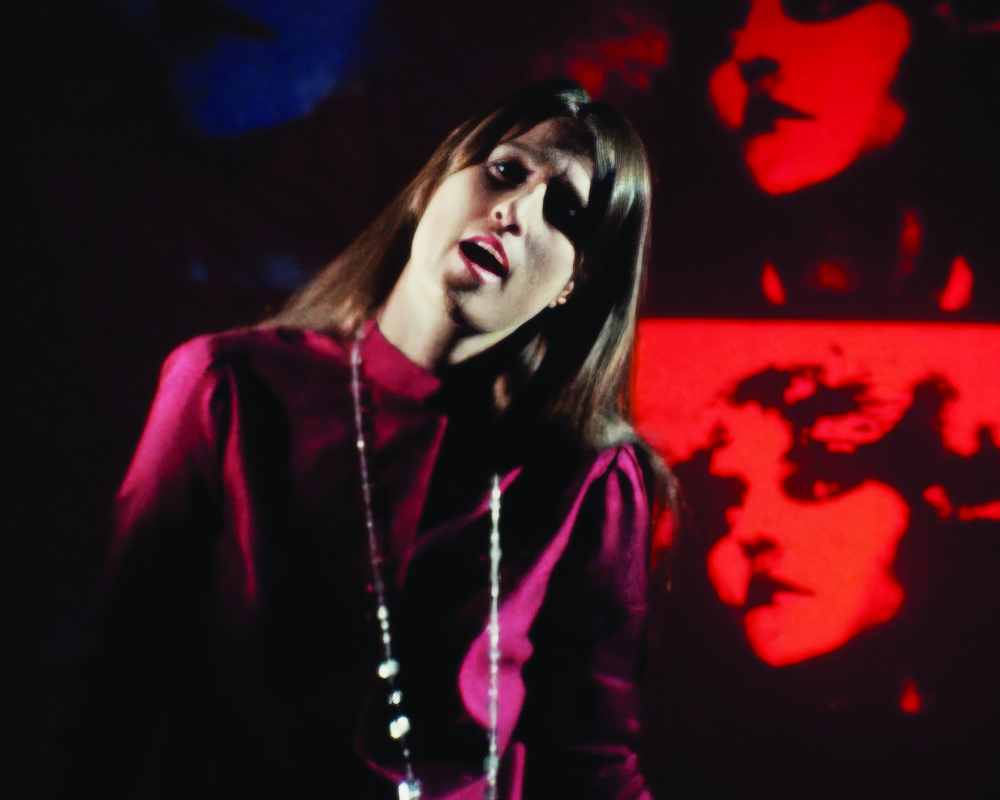
With her hip hybrid of rock, soul and Indian flavors, Jeannie Piersol is one of the enigmas of the 1960s San Francisco psychedelic music scene. Though little known, the distinctive singer emerged from the same community just south of San Francisco that nurtured the principals of the Jefferson Airplane, Grateful Dead, Big Brother and other leading lights of Bay Area’s future rock meritocracy. Close friends with Grace Slick and her brother-in-law Darby Slick, Piersol was a founding member of their pioneering band The Great! Society — originally sharing lead vocals with Grace — before leaving to front her own bands, The Yellow Brick Road and Hair, both of whom worked the clubs and ballrooms of the emerging SF circuit, including such legendary venues as The Matrix, The Fillmore and the Avalon Ballroom.
JEANNIE PIERSOL THE NEST
The Nest is the first-ever anthology from the long-lost 1960’s San Francisco psychedelic siren Jeannie Piersol. The 12-track collection is accompanied by an extensively illustrated 20-page booklet with a 7500-word essay from compilation producer Alec Palao (featuring exclusive interviews with Piersol and many of her musical collaborators), plus lavish artwork, never-before-seen photos, memorabilia, and more.
Official Video
Jeannie Piersol - The Nest
The video for The Nest is created by filmmaker/ musician Daniel Weintraub using film outtakes shot by Ray Anderson the San Francisco photographer, filmmaker, and founder of the Holy See Light Show.
The Nest gathers together the handful of tracks Piersol recorded during her all-too-brief but blazing career, including a pair of sought-after singles released on Chess Records’ psychedelic Cadet Concept subsidiary, plus studio outtakes, demos, live performances, and material by The Yellow Brick Road and Hair. Highlights include the slow burning, psychedelically informed 1969 single, “The Nest.” A siren song marked by its ear-catching flourish of sarod, funky backbeat, and – seemingly out of nowhere – Piersol’s honeyed, hypnotic, eminently seductive voice, “The Nest” has become a chill-out favorite in recent years, lionized by DJs. For decades, the backstory to this alluring track (which notably features backing vocals from iconic soul singer Minnie Riperton) was ambiguous at best, but it can now be revealed as a landmark by-product from the crucial formative years of the fabled Bay Area 1960s rock scene.
Latest News
-
 HIGH MOON RECORDS ANNOUNCES OFFICIAL RELEASE OF SLY & THE FAMILY STONE’S THE FIRST FAMILY: LIVE AT WINCHESTER CATHEDRAL 1967
June 5, 2025
HIGH MOON RECORDS ANNOUNCES OFFICIAL RELEASE OF SLY & THE FAMILY STONE’S THE FIRST FAMILY: LIVE AT WINCHESTER CATHEDRAL 1967
June 5, 2025
-
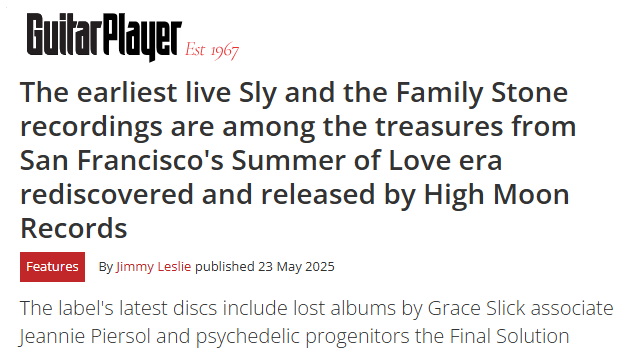 The earliest live Sly and the Family Stone recordings are among the treasures from San Francisco’s Summer of Love era rediscovered and released by High Moon Records
May 27, 2025
The earliest live Sly and the Family Stone recordings are among the treasures from San Francisco’s Summer of Love era rediscovered and released by High Moon Records
May 27, 2025
-
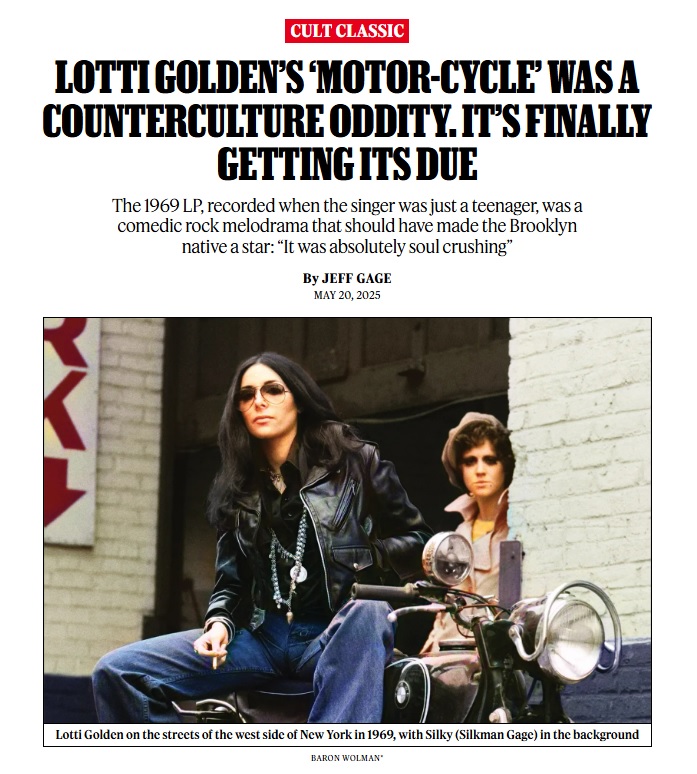 Lotti Golden’s ‘Motor-Cycle’ Was a Counterculture Oddity. It’s Finally Getting Its Due
May 20, 2025
Lotti Golden’s ‘Motor-Cycle’ Was a Counterculture Oddity. It’s Finally Getting Its Due
May 20, 2025
Latest Release!

